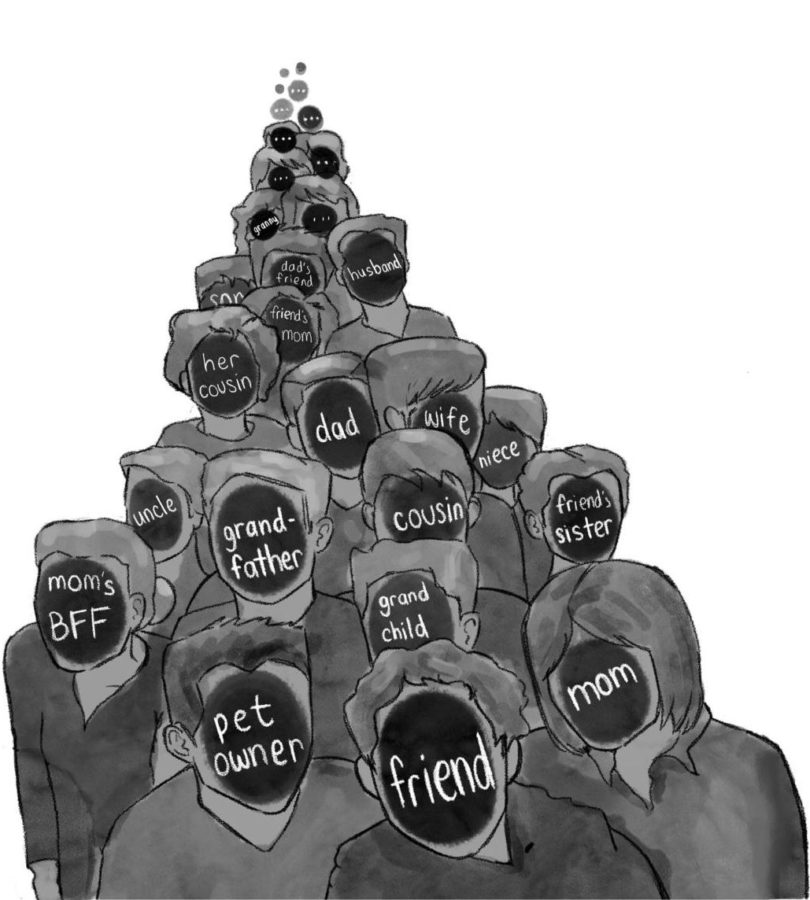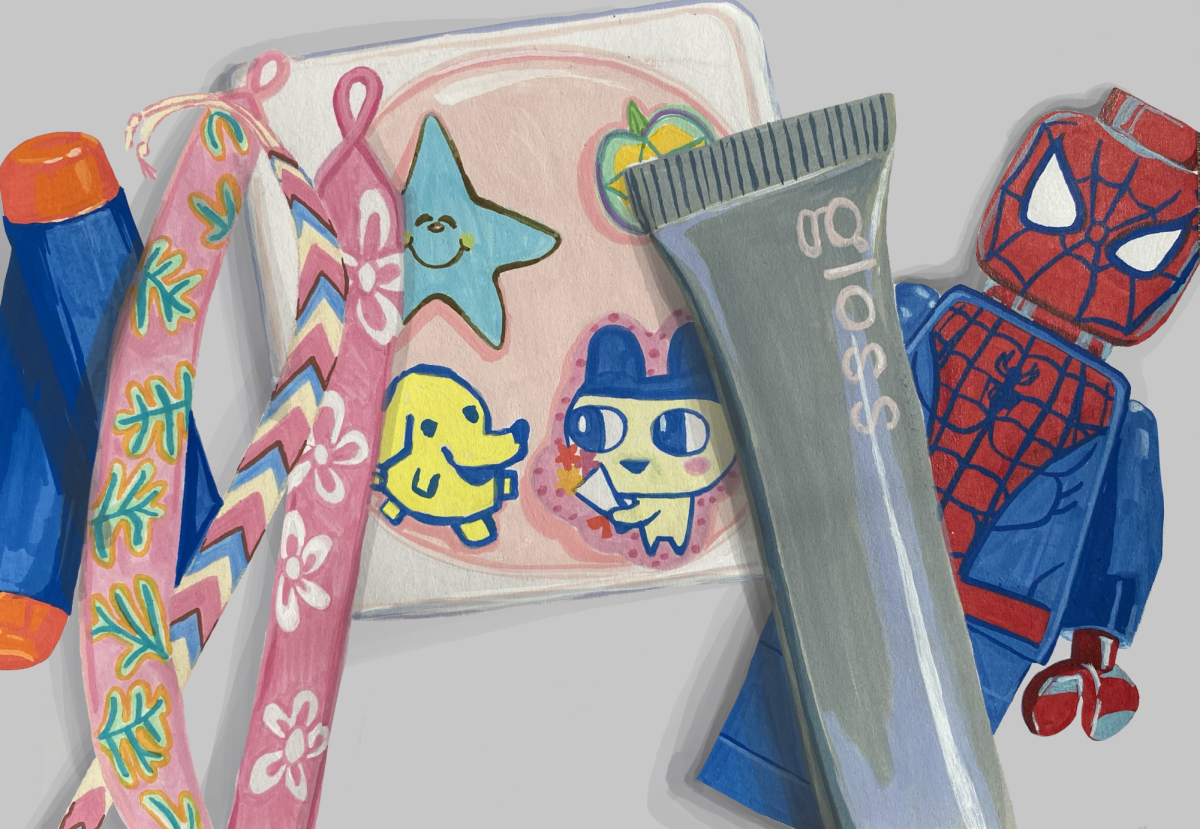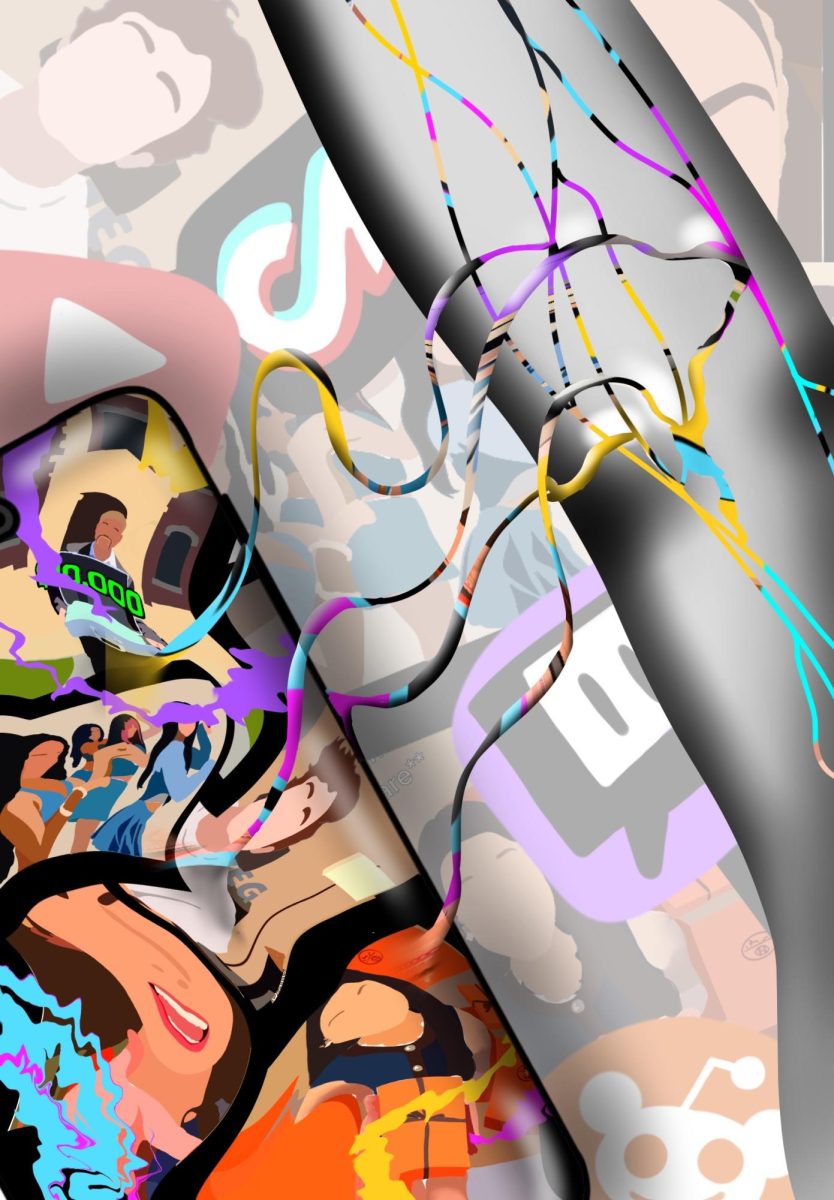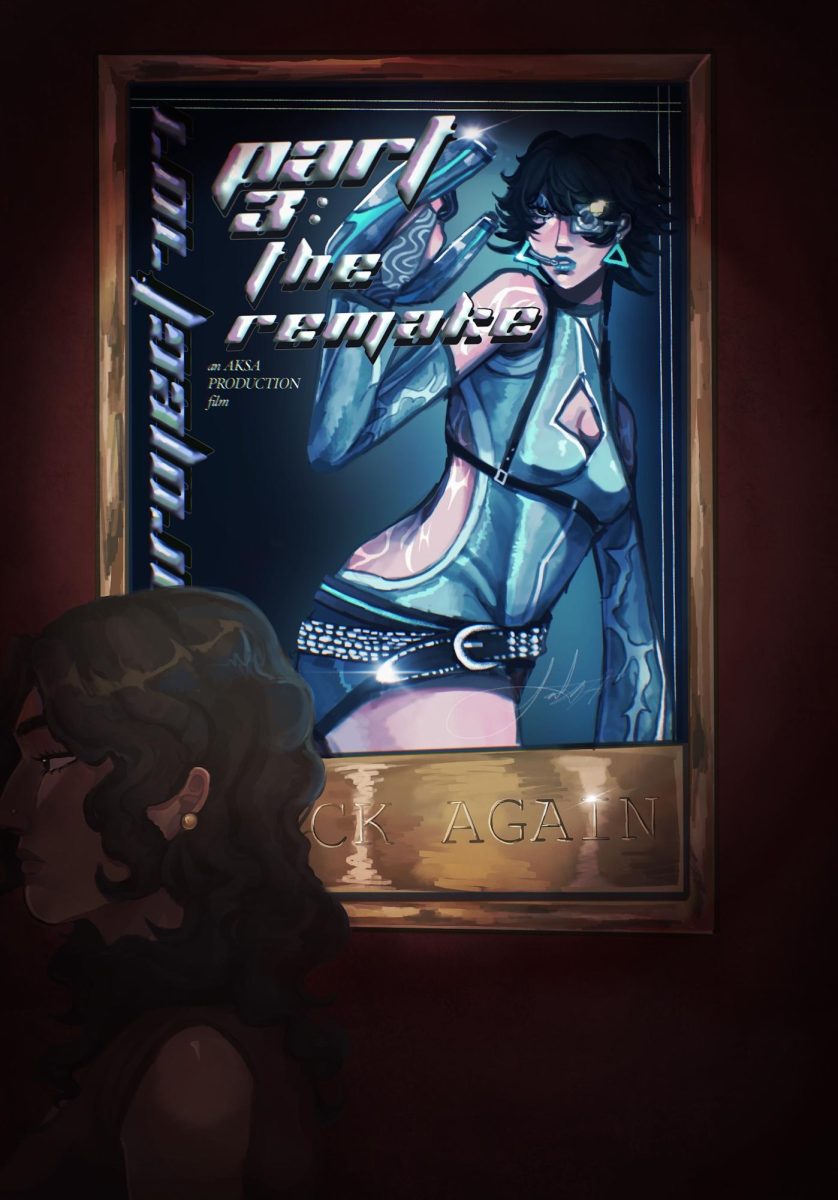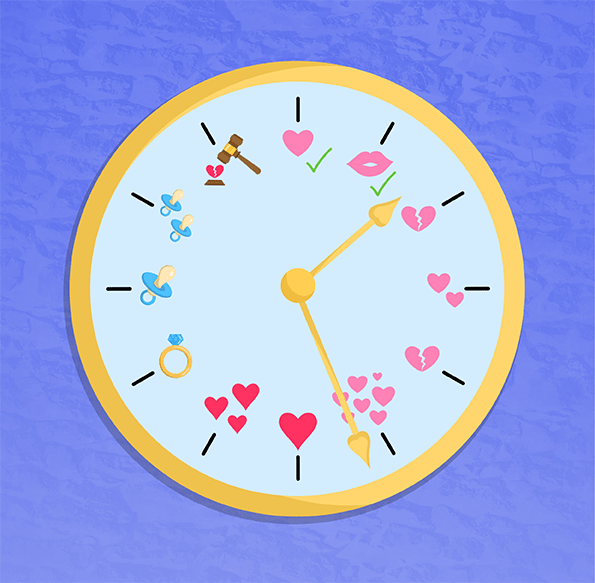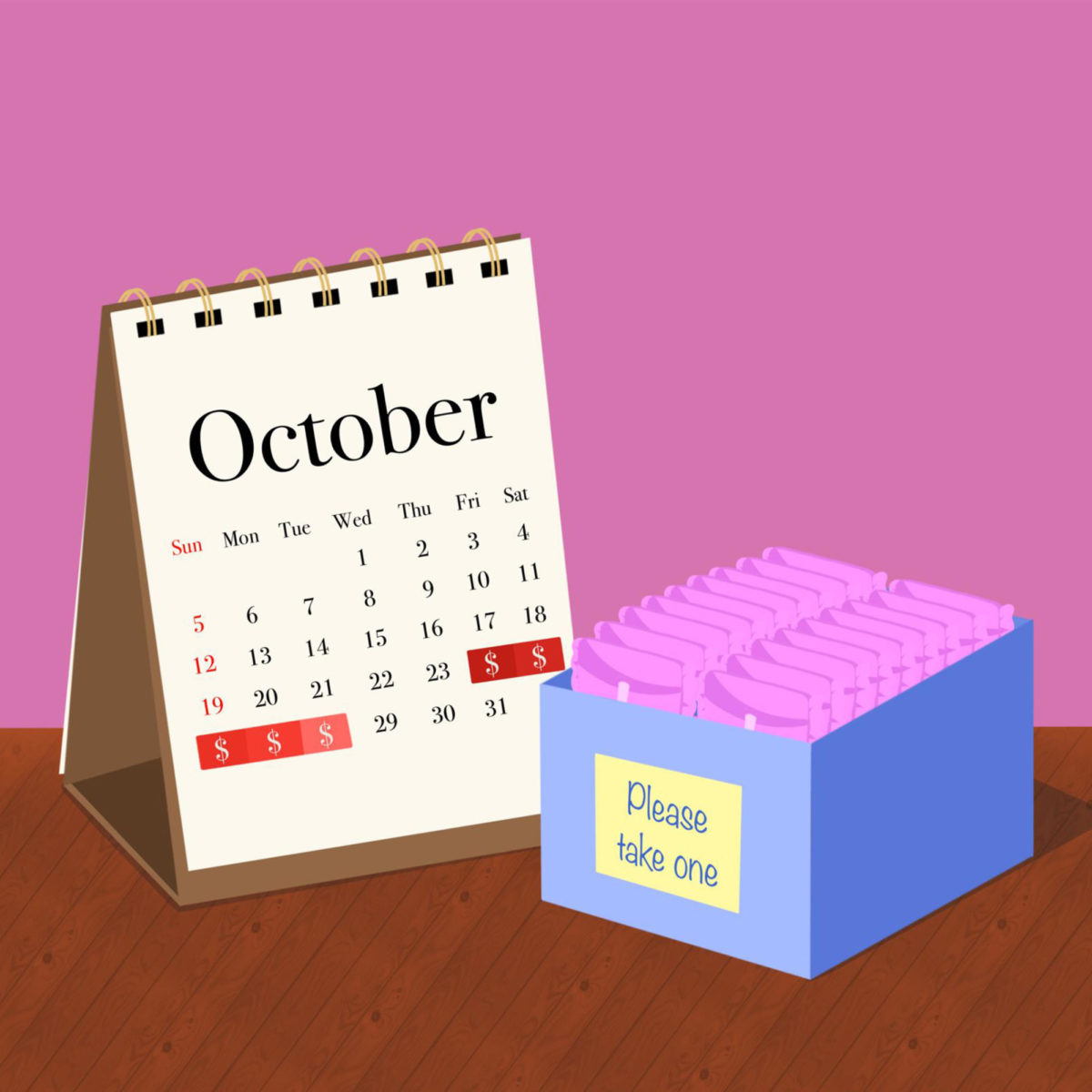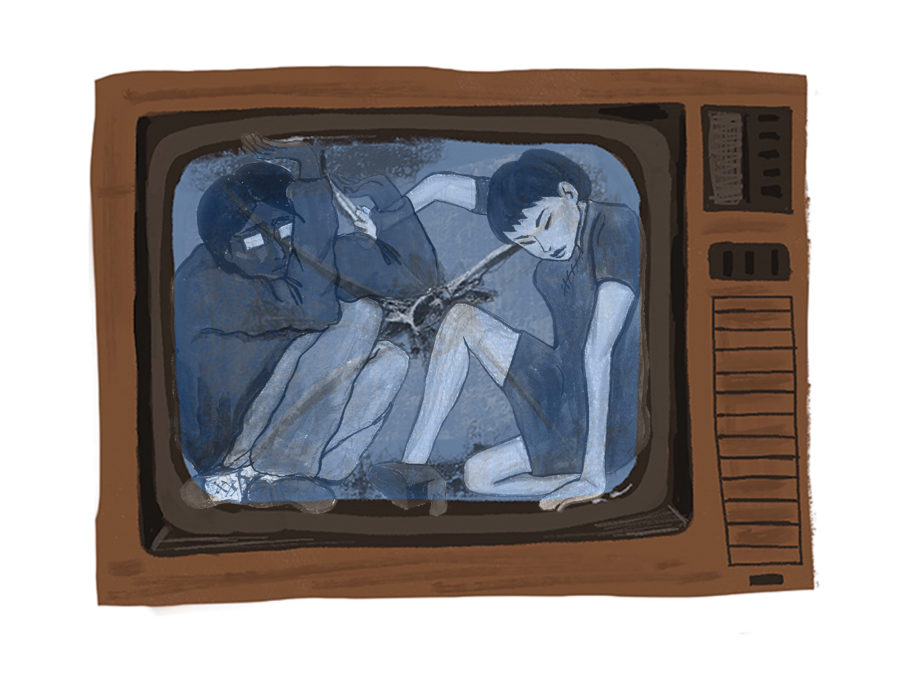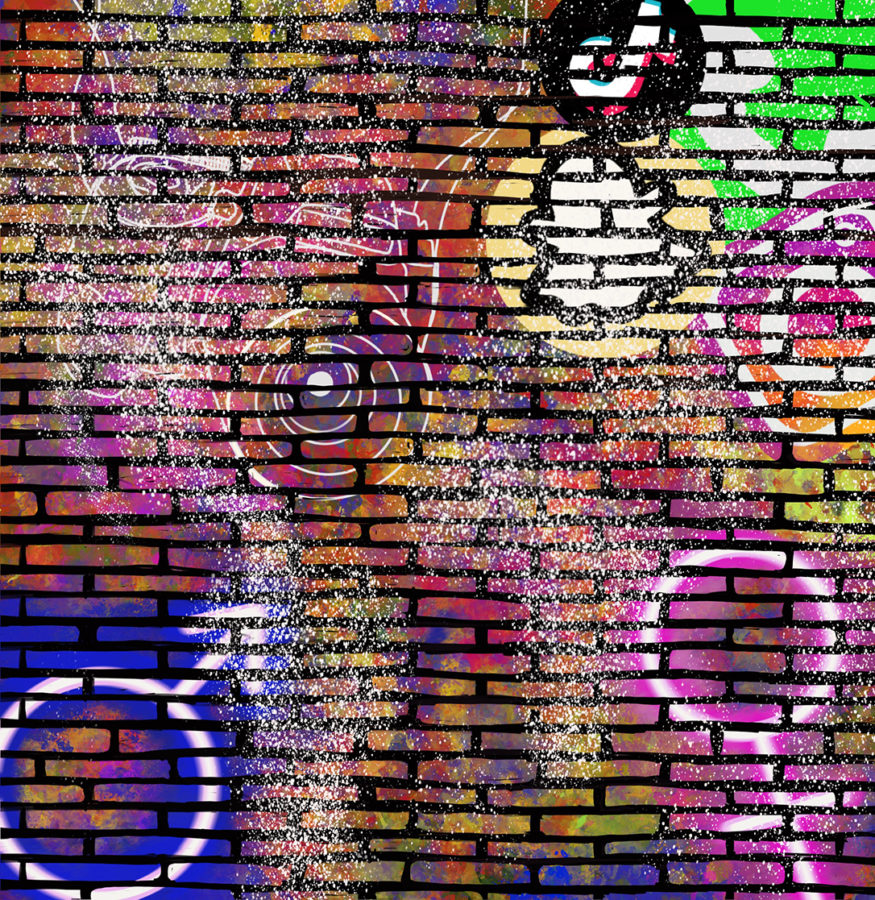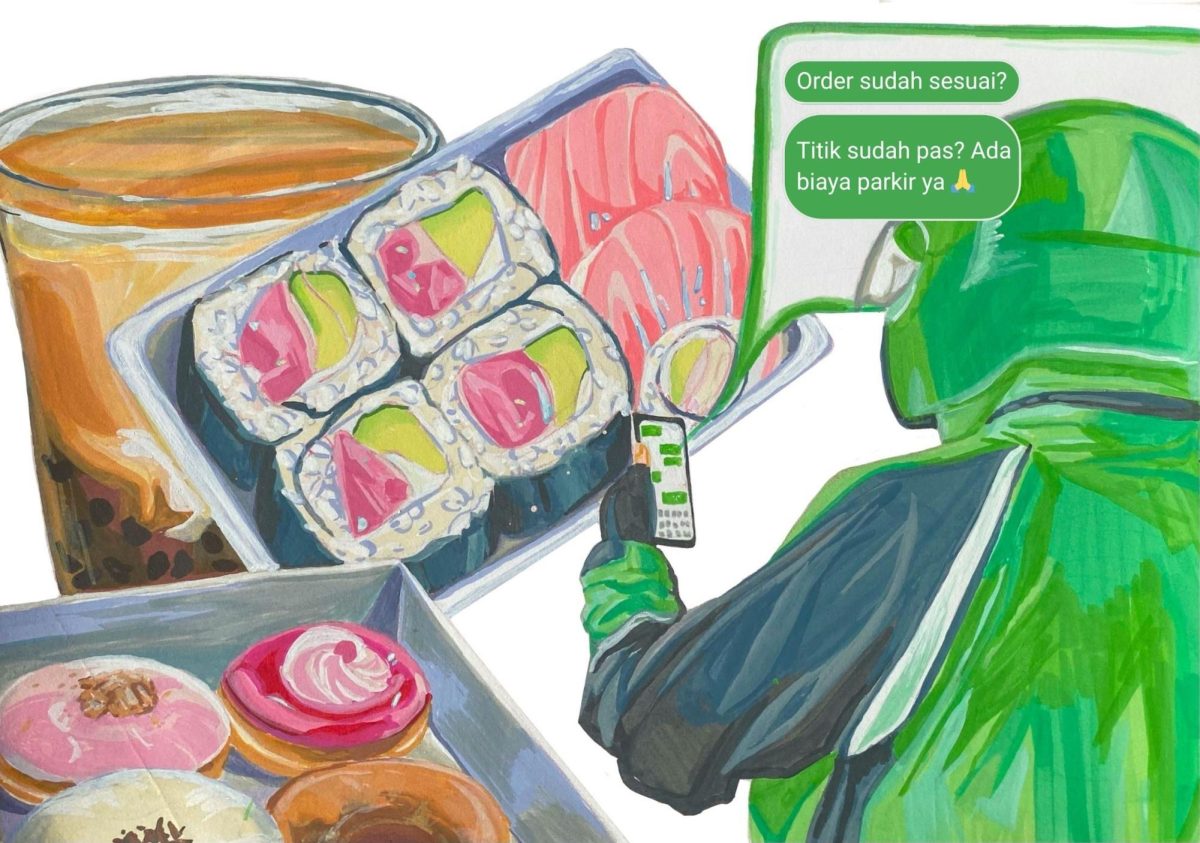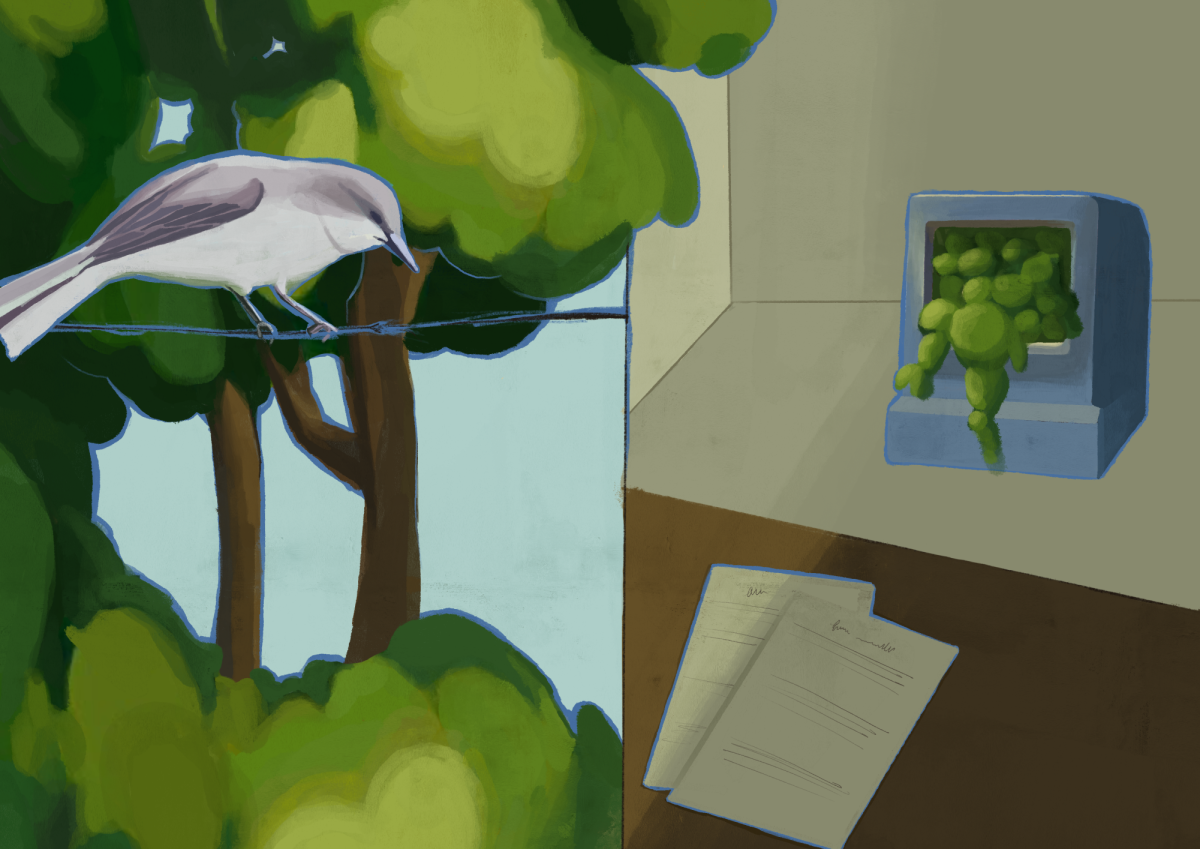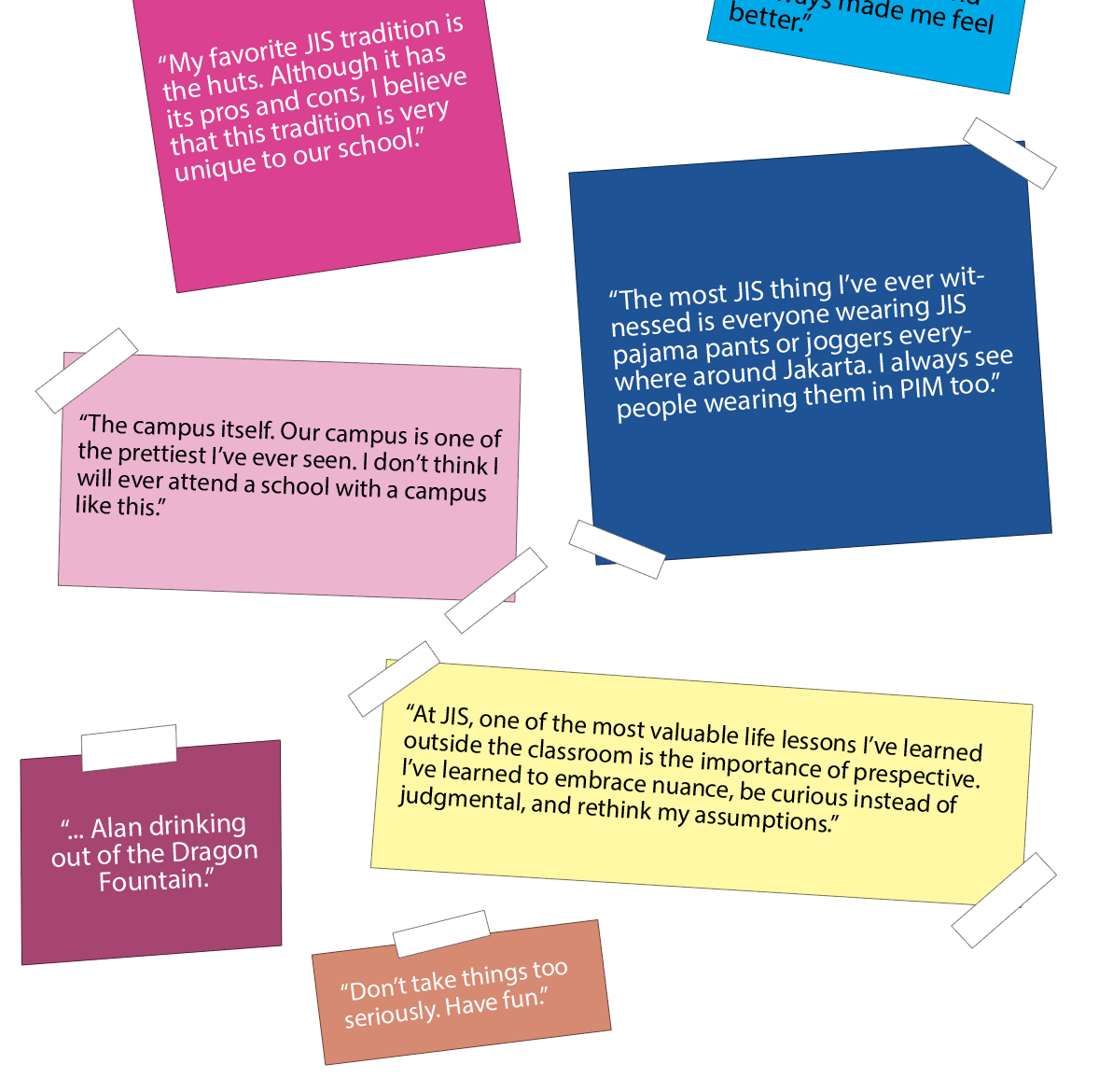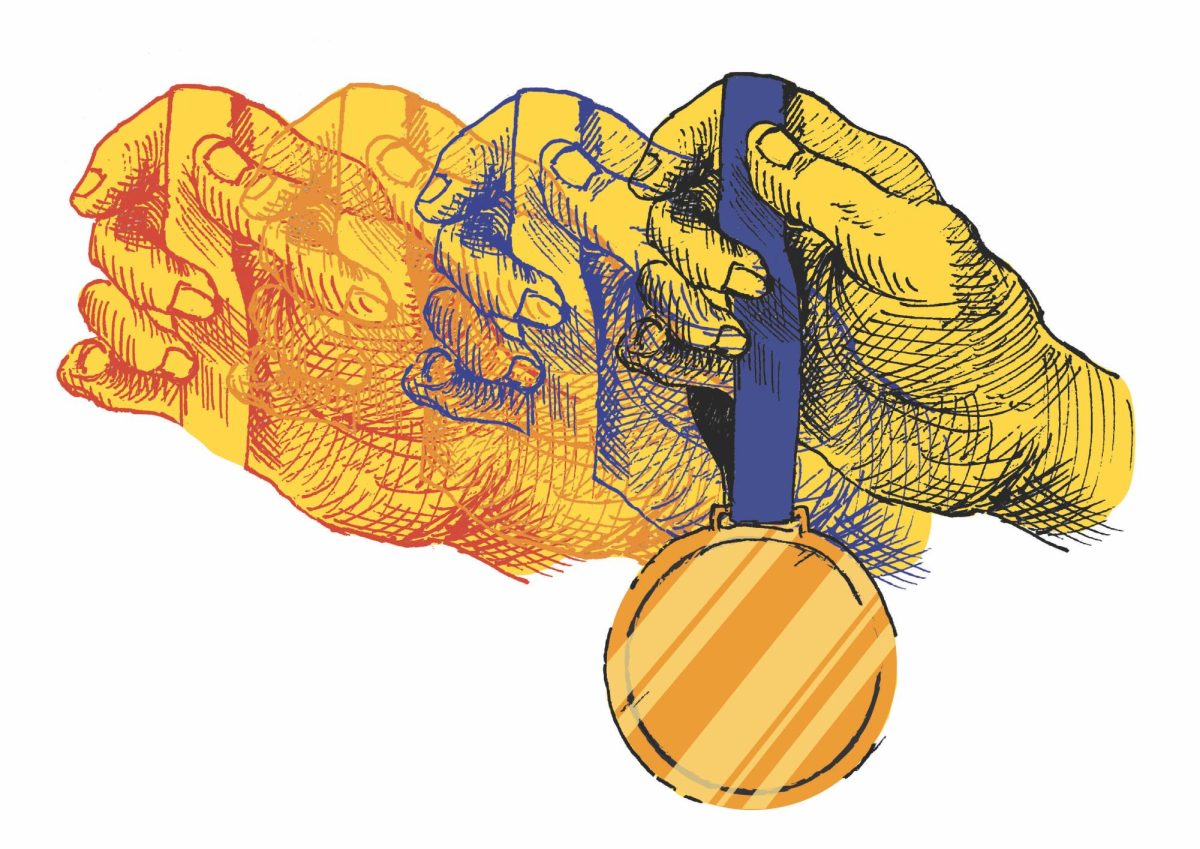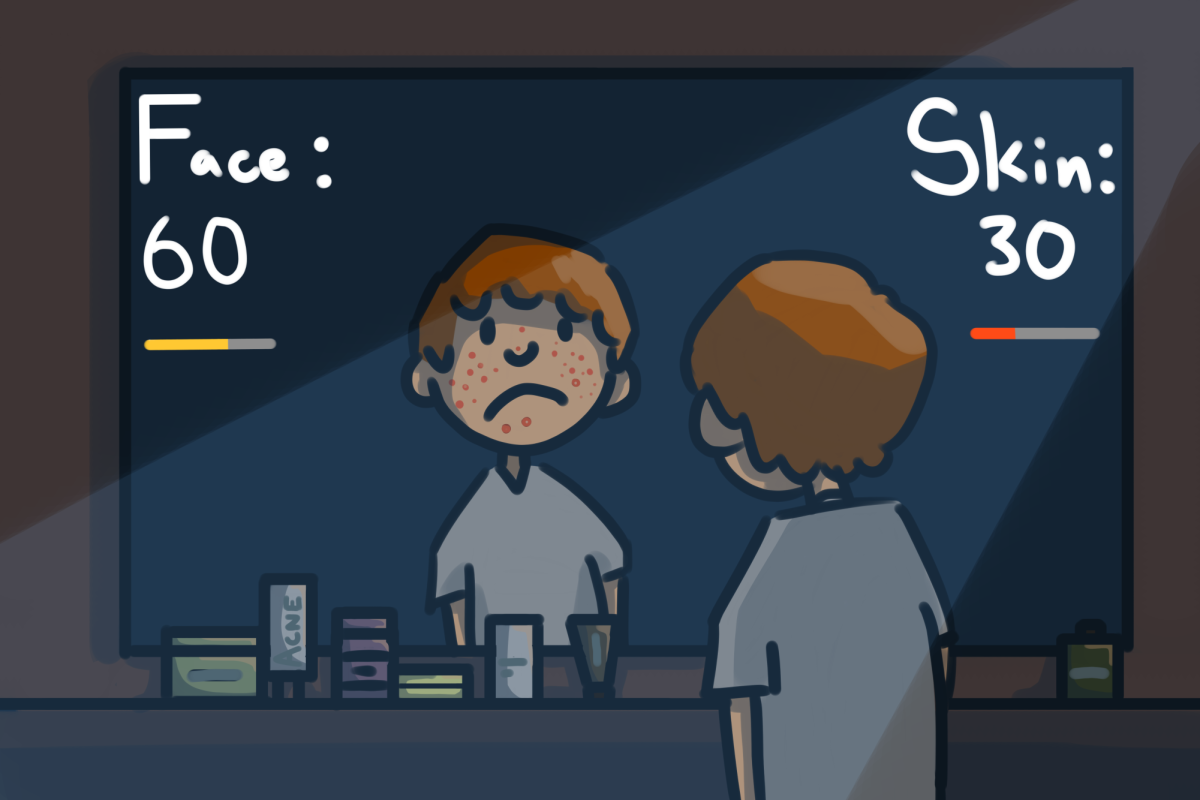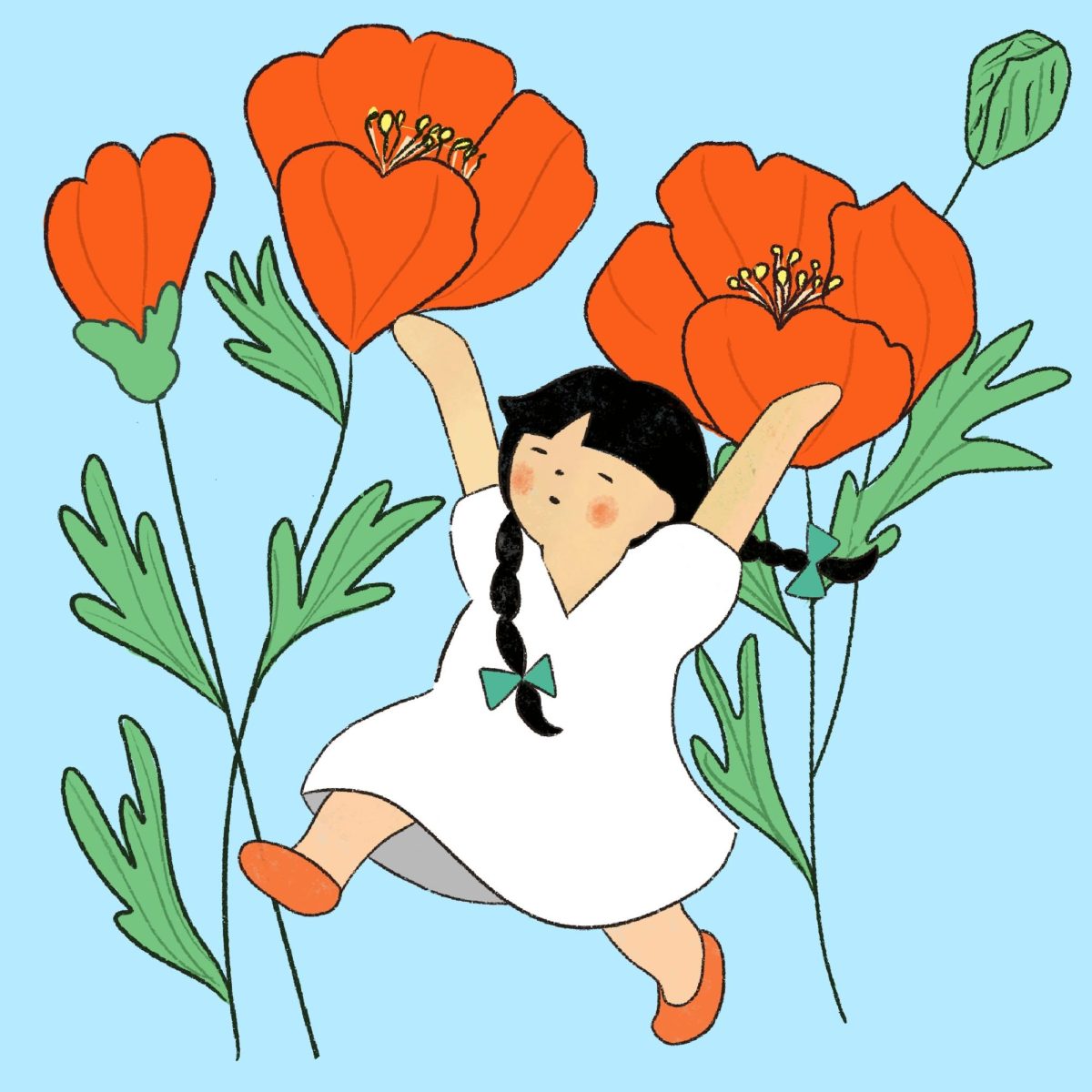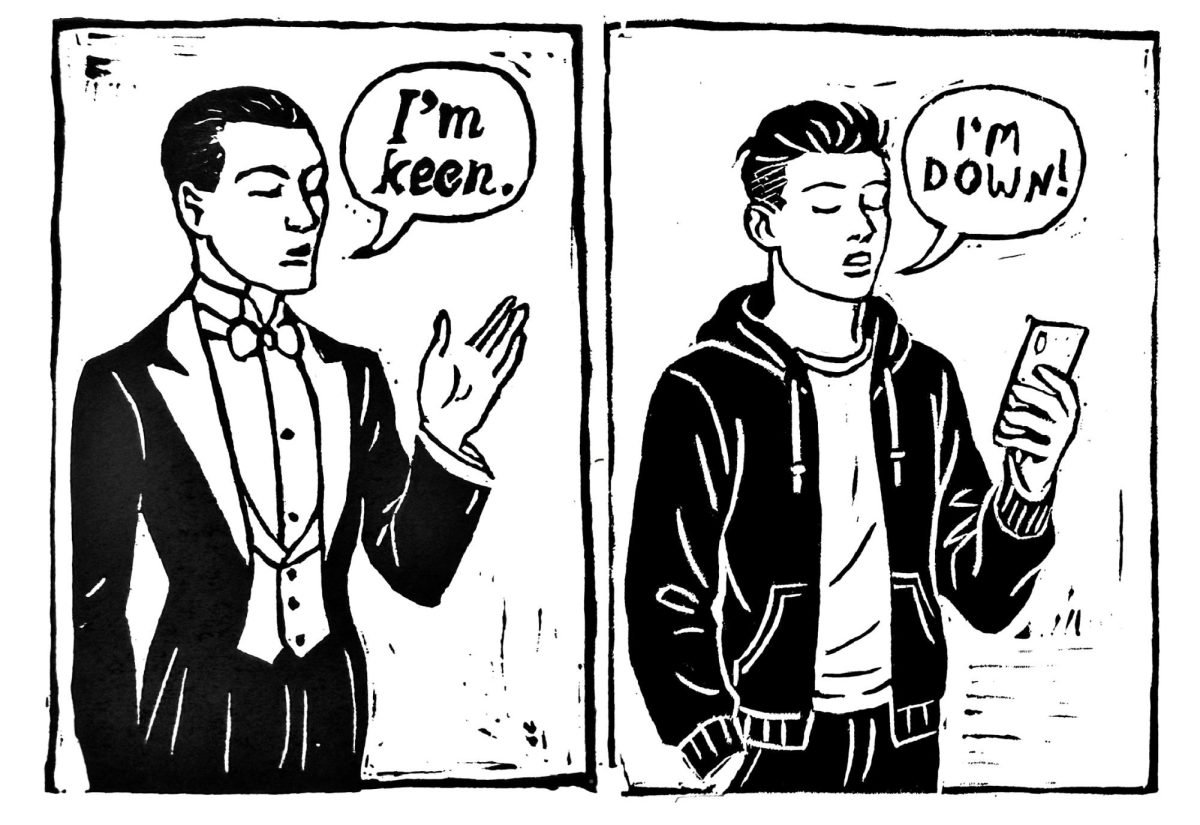As a fifteen-year-old girl, I do not know what it feels like to have wrinkles on my face. Yet, based on the reactions of the older women surrounding me, I am supposed to hate them. If I smile too widely or scrunch my eyebrows, they tell me to stop, reasoning that they do not want creases to occupy my face. They believe that having wrinkles makes a woman unattractive, something I never understood.
Wrinkles are a normal part of life, signifying growth within a person. It highlights all the triumphs one has had in life and the hardships one has endured, all of which are written on one’s face. So why is it so difficult for women to love and cherish these lines and creases on our faces?
In 17th-century America, a woman’s worth was determined by her reproductive organs; if they did not produce an heir before the onset of menopause–typically at 45-50 years old–they were deemed undesirable. The societal rejection faced by women during this era has evolved into a pessimistic view of aging and the changes your body makes while doing so. The idea that a woman must be young to look appealing translates to the timeless obsession with looking youthful. This stigma that has been passed down for generations is a weighty burden, and it shapes our perception of beauty and impacts the confidence we feel in our own skin. Especially now in the 21st century, where our daily life is saturated with scrolling through social media—the pressure to aspire to the beauty standard is magnetized due to the constant exposure.
Social media, or more specifically, its users, has an unprecedented amount of influence on audiences. Whether it is FOMO or peer pressure, most creators on TikTok make spontaneous decisions based on a single comment. A user on TikTok commented, “Please dye the ends of your hair red,” to which the account owner responded with a video of them committing to dye their hair red. The impact of a single comment is already significant; imagine how much power a caption from a known celebrity with hundreds of millions of followers can have. Celebrity Kim Kardashian, a famous figure with a vast audience predominantly ranging from teenage girls all the way to adult women, posted a photo in 2014 of her smiling with the caption: “See, I do smile not too often though because it causes wrinkles.” This caption from Kardashian can contribute to the ongoing problem of wrinkle insecurity and advertise the pressure to achieve the ‘youthful beauty standard’. Thus, maintaining a youthful appearance has fueled a high demand for face altercation treatments, especially regarding eradicating wrinkles.
The most notable treatment for removing wrinkles is injecting your face with Botox toxin, which temporarily stops the muscle on your face from moving. Keyword: temporarily. This toxin must be injected every one to two months, which can be a chore, especially for those needing to go to another country for treatment. Not only that, Botox prices can range between 200 and 600 USD per treatment, and if it wears off after one to two months, the price will increase between 1,200 and 7,200 USD every single year. Is spending that much money for fleeting results worth it? By reassessing our priorities, we find a more genuine path toward self-acceptance: finding the grace of aging and gaining wrinkles.
As the world evolves and societal beliefs progress, newer generations should embrace a more inclusive and accepting perspective on wrinkles to break the wheel of negativity that has been spinning for far too long. Wrinkles aren’t supposed to be a woman’s enemy; it should serve as a reminder of our triumphs and tragedies in life. Let us redefine the narrative and celebrate the beauty that comes with aging, say yes to wrinkles.



